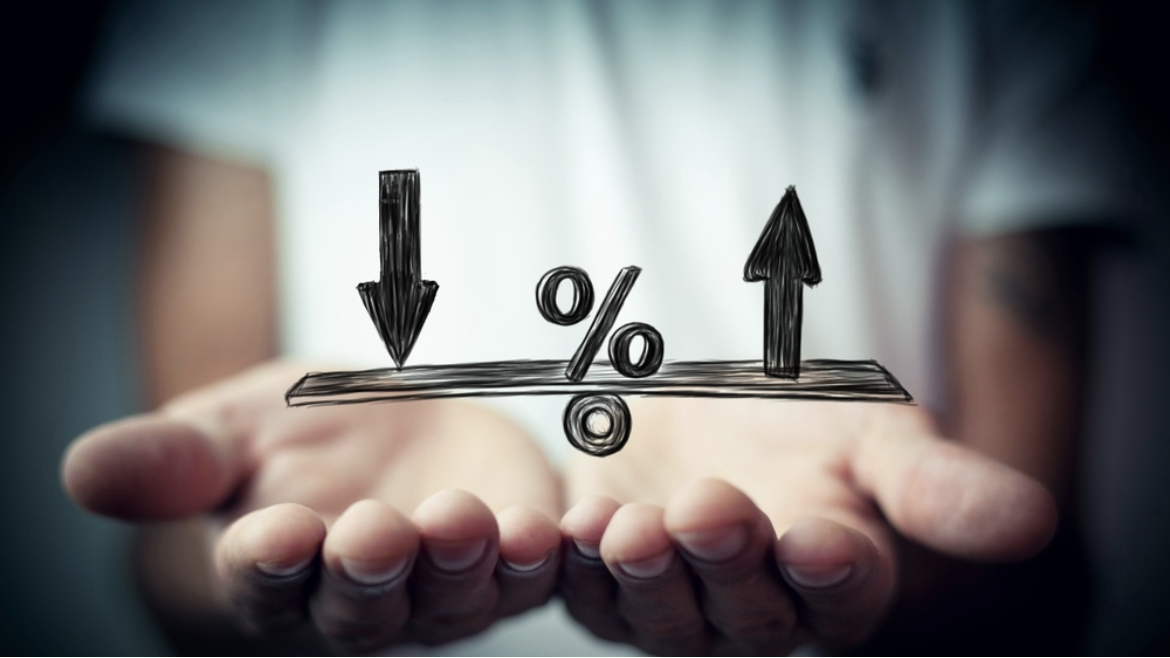Rates will climb modestly as Fed fights inflation
Written/Edited by Jeff Ostrowski & Bill McGuire
BANKRATE.com
The era of record-low mortgage rates is drawing to a close. But even as sub-3 percent rates on 30-year loans fade into the rearview mirror, mortgage rates are likely to remain near historic lows through 2022.
Bankrate chief financial analyst Greg McBride expects mortgage rates to climb to 3.75 percent during 2022 before falling back to 3.5 percent by the end of the year. The average rate on a 30-year fixed-rate loan stood at 3.28 percent in mid-December, according to Bankrate’s national survey of lenders.
“That 3.5 percent is higher than where we are now, but it’s still lower than anything we’d ever seen prior to the pandemic,” McBride says. “So it’s still going to be an environment of low and attractive mortgage rates.”
The trajectory for 2022 depends on a factor that hasn’t played a prominent role in the mortgage market for decades: inflation, and the Federal Reserve’s response to rising prices.
‘An active year for the Fed’
Fed officials announced at their Dec. 15 meeting that that they expect to boost rates three times in 2022. McBride’s forecast is based on just two rate hikes by the central bank, but he acknowledges there’s room for error in that prediction.
“Next year is going to be an active year for the Fed,” he says. “You could easily see them raising rates four times. They did that in 2018.”
While the central bank doesn’t directly control mortgage rates, the Fed does set the overall tone. Rates for 30-year loans closely track yields on 10-year Treasury bonds, and McBride expects those rates to climb to 2 percent during the year before edging back to 1.7 percent.
He’s building into his forecast a slowing of economic growth in late 2022. McBride also says it’s possible that rates could see a curveball from a resurgence of the coronavirus or some other shock to the economy or markets.
McBride’s forecast is similar to the outlook from housing economists, who say the combination of growing optimism about the economy and the Fed’s new focus on inflation will translate to a gradual rise in mortgage rates.
“We’re going to see continued upward pressure on rates,” says Frank Nothaft, chief economist at real estate data firm CoreLogic.
The Mortgage Bankers Association expects the average 30-year fixed rate to reach 4 percent by the end of 2022.
Fewer mortgage refis, more purchases
With rates trending upward, the refinancing boom of 2020 is slowing dramatically, says Michael Fratantoni, chief economist at the Mortgage Bankers Association. He expects refi volumes to fall in 2022 as rates edge back up.
“Mortgage rates will rise to 4 percent by the end of 2022 and may be more volatile as the Fed backs away from the market,” Fratantoni says. “Although this will lead to a drop in refinances, we expect that the strong economy will support an increase in home sales in 2022.”
While mortgage rates will rise enough to discourage some refinancing, they’ll remain low enough to make homebuying attractive, Fratantoni says. He predicts record-breaking purchase mortgage volumes in 2022 and 2023.
“We’re anticipating a very strong housing market,” he says.
How the Federal Reserve affects rates
The Fed slashed its federal funds rate when the coronavirus recession began in early 2020, and it had signaled that it would keep rates low for years, which would translate to little upward pressure on mortgage rates. However, that calculus has changed in recent months.
At its December meeting, the Fed dramatically sped up its timetable for rate hikes. Earlier in 2021, the Fed had anticipated no increases in 2022; now, it’s signaling that three moves are likely.
As inflation emerged as a threat to the economy, many in the mortgage industry welcomed the news. “The Fed clearly needs to fight inflation aggressively, and higher rates are their primary weapon,” says Melissa Cohn, regional vice president of William Raveis Mortgage.
Cohn expects mortgage rates to climb by 0.25 percentage point to 0.5 percentage point in early 2022.
While the federal funds rate doesn’t directly affect mortgage rates, there is a strong correlation between the rate on 10-year Treasury bonds and the 30-year mortgage. That spread widened in the spring and summer.
The typical gap between the 10-year government bond and the 30-year fixed-rate mortgage is 1.5 percentage points to 2 percentage points. During the scary early days of the COVID-19 pandemic, that spread rose as high as 2.7 percent. The gap has since returned to normal.
Generally, an improving economy correlates to rising mortgage rates. Economists and investors think the U.S. economy will continue its uneven rebound. However, it’s unlikely that mortgage rates will soar, housing economists say.
Next steps for borrowers
- If you haven’t refinanced, get to work. Nearly everyone expects rates to climb in 2022, so rates are unlikely to be more attractive than they are now. “There’s an urgency to acting sooner rather than later,” McBride says.
- Keep a cash-out mortgage in mind. Home prices have soared, and mortgage rates remain low enough that tapping home equity is the best way to finance home improvements.
- Remember to shop around. Savvy shopping can help you find a better-than-average rate. With the refi boom slowing, lenders are eager for your business, McBride says. “Lenders are thirsty for volume,” he says. “Just because rates are trending toward 3.5 percent doesn’t mean you have to settle for the average.”


 Facebook
Facebook
 X
X
 Pinterest
Pinterest
 Copy Link
Copy Link
